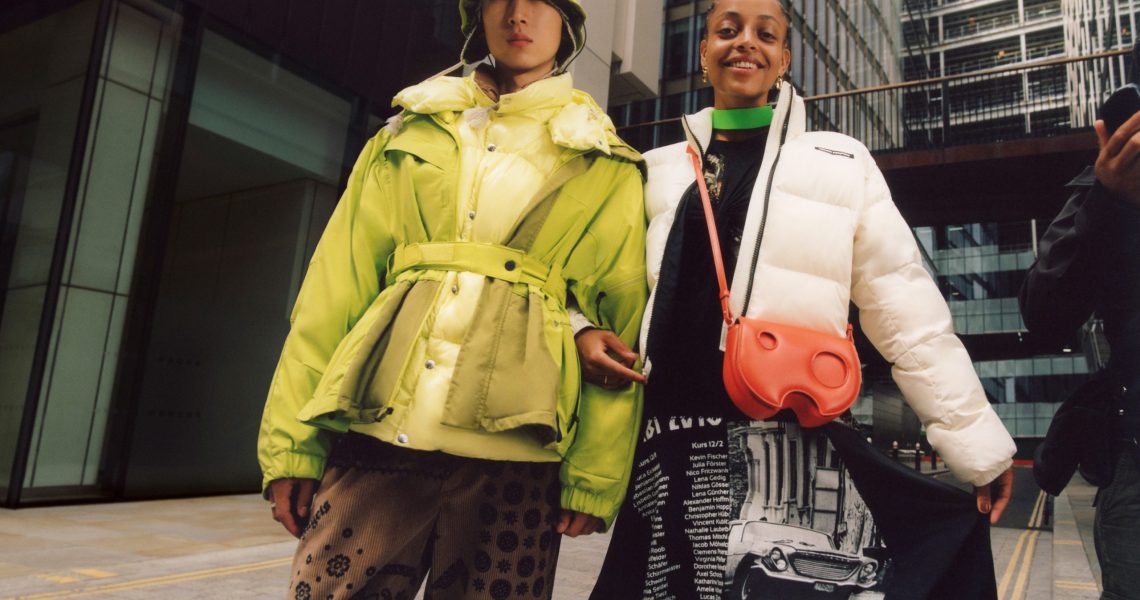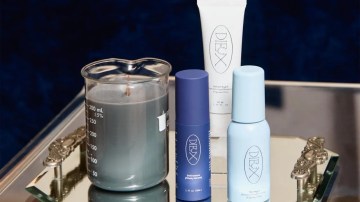Last week, a number of luxury brands reported North American sales declines, as growth in other regions of the world improved. Don’t forget to subscribe to the Glossy Podcast for interviews with fashion industry leaders and Week in Review episodes, and the Glossy Beauty Podcast for interviews from the beauty industry. –Danny Parisi, sr. fashion reporter
Luxury tanks in the U.S., while China shines
This week showed a hitch in the narrative that luxury is immune to the disruptive effects of inflation.
Farfetch reported a loss of $280 million in its quarterly earnings on Thursday. In the same quarter last year, Farfetch’s losses were only $68 million, showing both falling revenue and a big increase in costs. Almost 15% of the company’s expenses are on digital and technological infrastructure, including a newly opened Shanghai data center.
In response to the poor showing, Farfetch’s stock dropped by over 30%.
For its part, Tapestry reported slightly lowered revenue on Thursday. In the fiscal fourth quarter of last year, Tapestry’s revenues were $1.625 billion, but this year they dropped to $1.6 billion. It’s reflective of the overall softening of demand for luxury goods in the U.S., in particular.
In recent weeks, luxury brands like Gucci, Prada and Burberry have reported lowered sales in the U.S., signaling that brands could continue to shift their focus to more stable regions like Asia and South America.
Just take a look at Gucci, which this week launched an official flagship store on China’s JD.com. Meanwhile, Burberry, under new creative leadership from Daniel Lee, reported last month that its sales in China rose nearly 50% in a single quarter. In April, Burberry appointed its first Chinese brand ambassador in two years. In July, LVMH reported that its profits were down 1% in the U.S. but up 24% in China.
It’s likely we’ll see more luxury investment in China in the coming months, or at least until the U.S.’s luxury spending rebounds.
DTC underwear brands are growing up
On the Week in Review podcast last week, Glossy editor-in-chief Jill Manoff and I spoke about the acquisition of Parade, the perennial Gen-Z favorite DTC underwear brand, by a more traditional underwear company, Ariela & Associates International.
In the last year, there’s been a lot of acquisition movement in the DTC underwear, or intimates, category. Adore Me was scooped up by Victoria’s Secret at the end of 2022, and Cuup was bought by FullBeauty Brands last month. Meanwhile, ThirdLove bought Kit Undergarments in the Spring of 2022. Lively was also acquired, back in 2019 — practically another lifetime, given the pandemic.
Many of these brands rode the wave of 2010s DTC startup culture to success and are now moving into their next phase as mature companies with the backing of more traditional brands. Given the difficulties we’ve seen with pure DTC players as they attempt to grow, we may end up seeing fewer Livelys and Adore Mes shaking up the category in the future.
Stuart Weitzman targets sneakers for a comeback
Only a week after announcing its $8 billion deal to buy Capri Holdings, Tapestry revealed flagging sales in North America that put a damper on excitement.
But among its plans to revitalize its brands like Kate Spade, Tapestry revealed in its earnings that its footwear brand Stuart Weitzman is making an adjustment to its product focus. The brand is planning to go much deeper into sneakers and flats, building on its traditional focus of leather dress shoes and boots. The change, planned for the second quarter of next year, will see Stuart Weitzman jumping on the trend of non-sneaker brands releasing their own takes on classic sneaker silhouettes and capitalizing on the casualization of footwear.
But the timing seems a bit off. While sneakers will probably never go away, the fashion zeitgeist seems to be moving away from ultra-casual sneakers and back toward a dressier look. NPD data provided to Glossy last year showed sales of athletic and leisure shoes falling and dress shoe sales rising, in turn. That’s not to mention all the influencers who have made loafers a part of their otherwise street-savvy style.
Stuart Weitzman choosing now of all times to get into sneakers isn’t necessarily a bad thing, but it probably would have been a smarter move if it was done two or three years prior.




